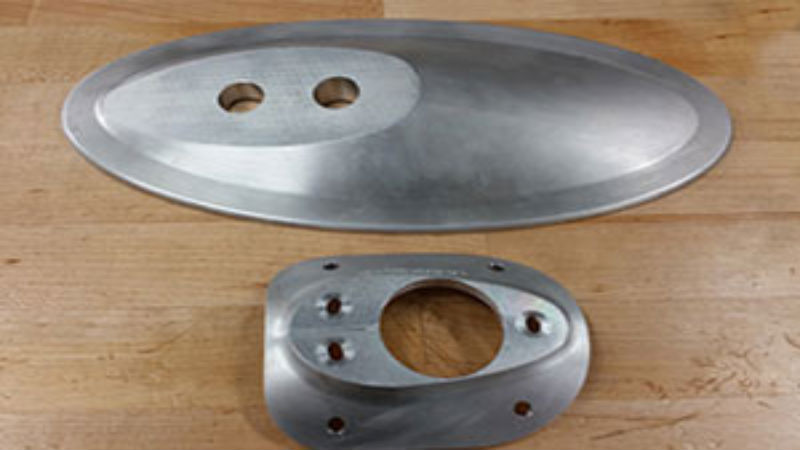Some manufacturing and processing applications are relatively new to the scene while others can trace their roots back to the earliest use of specific types of tools and equipment. The modern version of a CNC turning service is one of the oldest types of parts manufacturing processes known to man.
Turning, which is the mechanized version of using the lathe, traces its earliest origins back to ancient Egypt. It is believed that the first lathe was used in about 1300 BC, with a rope used to create the spinning motion while a carpenter used a handheld tool to create the groove or the surface shaping of the wood component.
Later versions of the original lathe moved from a rope to bow, which allowed for faster rotation of the workpiece, but it still required two people. The invention of a foot pedal to create the rotation, similar to an old style sewing machine mechanism, was the first move towards a single operator and a much faster and more evenly maintained rotation of the workpiece.
The CNC Component
Between the use of manual operations to create the spinning action on the workpiece and the use of computers to control the system, an NC or numerical control process was used. This worked similar to a player piano, with cards used to generate specific movement of the work tool over the surface.
With the development of CNC or computer numerical control, true precision was finally possible through a CNC turning service. With the computer controlling both the rotation of the workpiece as well as the position of the tools, fine details and more complex shapes are possible.
With the new options in CNC turning service, precision with and between orders is not just possible, it is expected. Additionally, with the computerized control of all tools, turning is faster than ever before without any loss of quality or accuracy in the process.

